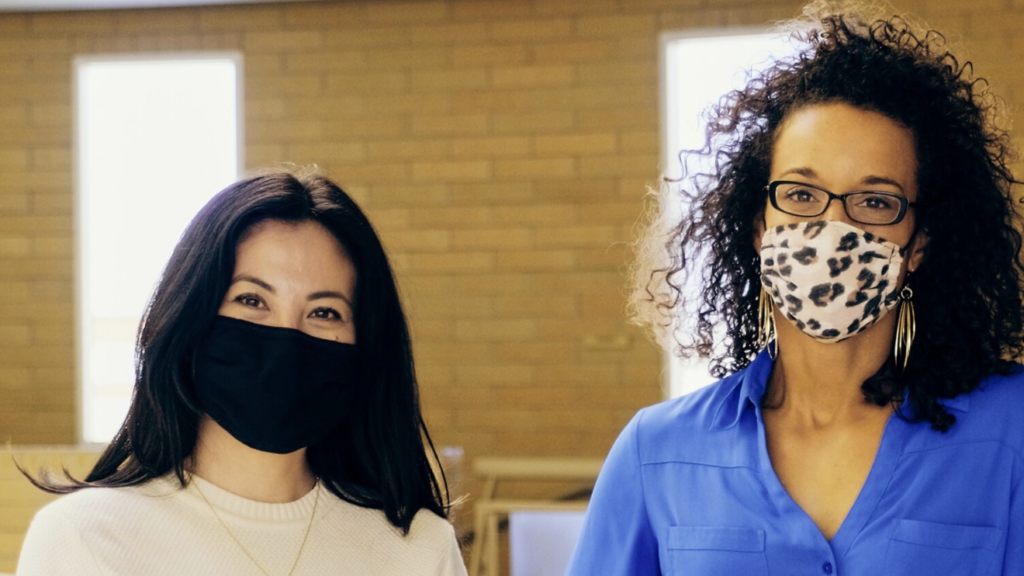
Considering how much time students spend on the internet, for both academic and personal reasons, it’s important for them to be able to recognize media bias when they see it. But in a Stanford University study, 82% of students couldn’t tell the difference between an actual news story and an advertisement with “sponsored content.” If students can’t tell the difference between news being reported and a product or service being promoted, how can they evaluate the reliability of the sources they’re using? Here are some ways to help them get started.
Teach the Vocabulary
The first step in teaching students to recognize media bias is to give them the language to talk about it. Below are some important words related to bias that students should know before teaching them how to find it.
Bias: a judgment or opinion based on one’s personal beliefs or point-of-view
Perspective: a specific attitude or belief about something, often shaped by one’s own experiences or circumstances
Opinion: a person’s view on a topic or issue that is not based on fact
Claim: a statement a person makes that they believe is fact, but that needs to be proven in order for others to agree
Exaggerate: to present something as being larger, more significant, better, worse, etc. than it really is
Evidence: a piece of information that is undeniably true, and helps to prove a claim
Provide Plenty of Examples
Show them what “fake news” actually looks like! Start with some extreme examples, and as they become more skilled with identifying “fake news,” you can begin to expose students to more subtle examples. It’s also important that students recognize the scales of media bias. Not all media bias results in information that is untrue. Two news stories reporting the same event, written from different perspectives, can both still be true, even if they tell the story in different ways. They may, however, each place more focus on different aspects of the event, giving readers two different experiences of story. It is, however, possible for bias to be so strong that it does begin to change the reality of its content.
Teach Students How to Fact-Check
Cross-referencing is an excellent skill in checking the validity of sources. You will likely need to teach your students how to do this explicitly. Show them how to select a key phrase that they’d like to fact-check and how to turn it into a productive search term. Googling an entire sentence isn’t likely to produce any results (other than what they already have!) Show them how to pick out keywords that are likely to appear elsewhere if valid.
Read News Stories From Different Perspectives
It’s important that students understand that there are multiple perspectives. While students should be able to detect bias, the mere presence of bias isn’t always necessarily wrong. Bias is inevitable. When a news event is so significant that it gets reported around the world, reports will look very different depending on the perspective from which they were written. This is natural. We all have our own way of seeing things. But students need to be able to recognize these different perspectives, evaluate them objectively, and decide for themselves which are most credible.
Resources
https://www.allsides.com/unbiased-balanced-news




